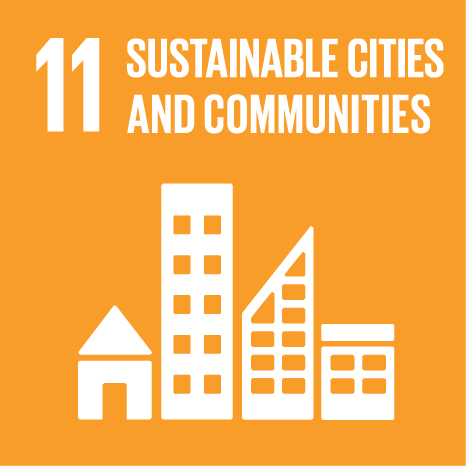Ciência_Iscte
Publications
Publication Detailed Description
Will reducing border barriers via the EU's b-solutions lead towards greater European territorial integration?
Journal Title
Regional Studies
Year (definitive publication)
2022
Language
English
Country
United Kingdom
More Information
Web of Science®
Scopus
Google Scholar
Abstract
Despite the positive contributions of several European Union (EU) policies to reduce border barriers, the EU Cross-Border Review (CBR) initiative reaffirmed their relevance and persistence. Since 2018, the EU has supported the b-solutions initiative, specifically focused on tackling legal and administrative border obstacles, aiming to highlight replicable solutions which can contribute to reducing these obstacles. This article critically assesses the b-solutions and its contribution to reducing administrative and legal border obstacles, with an eye to promoting a more integrated European territory. It is concluded that b-solutions is a valid, yet insufficient, initiative to provide replicable solutions to mitigate cross-border barriers.
Acknowledgements
--
Keywords
b-solutions,European territorial integration,European territorial cooperation,Barrier effect,Border obstacles
Fields of Science and Technology Classification
- Social and Economic Geography - Social Sciences
Funding Records
| Funding Reference | Funding Entity |
|---|---|
| UIDB/03127/2020 | Fundação para a Ciência e a Tecnologia |
Contributions to the Sustainable Development Goals of the United Nations
With the objective to increase the research activity directed towards the achievement of the United Nations 2030 Sustainable Development Goals, the possibility of associating scientific publications with the Sustainable Development Goals is now available in Ciência_Iscte. These are the Sustainable Development Goals identified by the author(s) for this publication. For more detailed information on the Sustainable Development Goals, click here.

 Português
Português


